Featured
“Japanese Firm Unveils High-Tech SUV by Nissan GT-R Designer”

Two-tone livery helps to disguise some of the LSR-05's bulkParts supplier THK's LSR-05 concept majors on new technologies, including in-wheel motors and wireless charging
Japanese parts supplier THK will show a radical new electric car concept penned by Nissan GT-R designer Shiro Nakamura at the upcoming Paris motor show.
Named the LSR-05, it's a four-seat coupé-SUV conceived to show off the company’s latest technological developments.
The fully functional car is powered by three electric motors: two 125bhp units are mounted in the rear wheels and one 295bhp unit is mounted across the front axle.
THK has yet to publish a combined power figure, but the LSR-05 should rival the Tesla Model Y Performance for outright pace, dispatching the 0-62mph sprint in well below 3.5sec.
THK said its in-wheel motors enable rear-wheel steering, boosting the LSR-05’s agility and manoeuvrability.
The EV is also fitted with active suspension that lowers it at high speeds to improve its aerodynamic performance and when parked over a wireless charging pad to improve the efficiency of the energy transfer. This allows the car to be fitted with a smaller on-board charger, according to THK.
Inside, it's fitted with an infotainment touchscreen that spans the entire width of the dashboard, in similar fashion to Mercedes-Benz’s Hyperscreen.
Critical controls are laid out along the centre console, as well as projected onto a panel below the large screen.
The seats feature THK’s ‘stealth seat slide system’, which is claimed to allow a greater range of fore and aft adjustment in a more compact chair base.
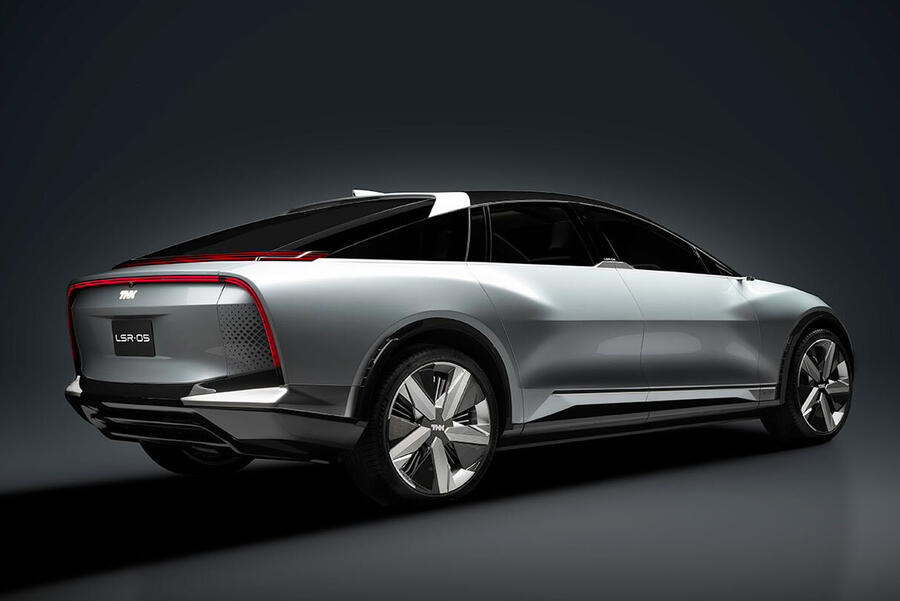
Visually, the LSR-05 stands out for its Coke-bottle design, with broad shoulders cinching inward at the B-pillar.
THK has used a two-tone livery to help disguise some of its heft, with a contrasting glossy black finish around the skirting and on the roof.
The LSR-05 is the latest in a string of EV concepts designed by Nakamura’s SN Design agency, following the AIM EV Sport 01 shown at last year’s Goodwood Festival of Speed.
Nakamura is one of the most revered names in automotive design, credited with celebrated cars such as the GT-R, Nissan 350Z and Isuzu Vehicross, among many others.
“How Daniel Ricciardo’s Final F1 Lap Aided Max Verstappen’s Championship Win”

Once considered a serious title contender, Australian fan favorite Daniel Ricciardo’s career on the F1 grid has fizzled out in a disappointing way. This weekend in Singapore he ran a race that can be described as forgettable, starting 16th and finishing 18th, but that middling performance has the potential to impact…

“Why I Love the Hire Car Lottery | Giga Gears”
 The anticipation of finding out which car you'll get to drive on your holiday is glorious
The anticipation of finding out which car you'll get to drive on your holiday is glorious
Ford Edge or similar: that’s what my Avis hire car booking said. And if I really squinted, I guess the vehicle to which I was handed the key at Houston Intercontinental airport was broadly similar to a Ford Edge.
Sort of. Maybe. Well, not at all, really.
Because instead of a middling US-market SUV, in front of me was a Jeep Wrangler 4xe (the plug-in hybrid one). Result. And it was all down to those two glorious words: or similar.
When you’re booking a hire car, ‘or similar’ does a lot of heavy lifting. Hire car firms offer a dizzying array of machinery, so they usually can give you an example of a common vehicle of the right size.
Which is useful. But chances are that when you arrive at the counter, the car awaiting you won’t be a version of the example given. In fact, often ‘or similar’ nets you something that really isn’t very similar at all.
And it’s this unknown that makes the gloriously anticipatory ‘what will I get?’ moment that occurs when I approach the counter one of the highlights of any trip.
Having family out in the US, I’ve played the hire car lottery at Houston airport many times, and I’ve struck the jackpot on many occasions.
The Wrangler 4xe was a highlight, of course, not least because Texas is somewhat more favourable than the UK for taking the roof and doors off.
A more recent trip netted a Dodge Charger, which sounded glorious even with a 3.6-litre Pentastar V6 rather than a 5.7-litre Hemi V8 (just don’t mention the terrible fuel economy).
Then there was the time I ended up with a Fiat 500, which proved a little intimidating in a state that loves great big pick-up trucks more than any other.
At traffic lights, Ford F-150 drivers could literally look down at me through my sunroof. Still, I left them standing when we came to corners.
Of course, for every epic hire car you win in the lottery, there will be a greater variety of models that prove somewhat more mundane.
But even that can help you gain an appreciation for cars that you might otherwise avoid. Having hired a few, I have a soft spot for the first-generation Kia Soul.
In my past life as a motorsport journalist, I had a lot of fun covering the Ulster Rally in a Peugeot 1007 and struck gold on the narrow lanes of the Isle of Man with a Ford Ka.
Sadly, not everyone likes leaving things to chance, and increasingly hire car firms are offering bookings in specific cars (albeit at a premium), while many offer rewards schemes that allow you to choose your car even before you reach the counter.
A victory for consumer freedom, perhaps, but far less fun. My advice: embrace the chaos and enjoy the glory that comes from those two loaded words: ‘or similar’.
“Craigslist Cruise Ship Sinks, City Faces Fallout | Giga Gears”
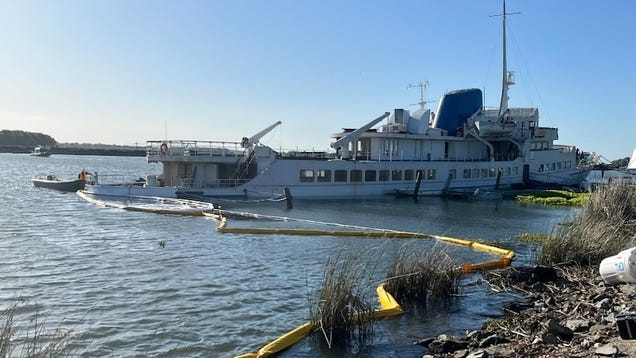
Taking a chance on a 1950s German vehicle listed on Craigslist can be tempting, but there’s typically a lot of work involved in getting them running reliably. When the vehicle in question is a cruise ship, and not a Mercedes-Benz or a Porsche, the task is exponentially more difficult. California resident Chris Willson…

“Hyundai Unveils New Nexo FCEV: A Commitment to Hydrogen”
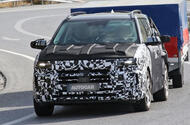
Second-generation Hyundai Nexo will get more compact, 100kW fuel cellNew fuel-cell SUV is due next year as Korean firm faces "chicken-and-egg issue" with hydrogen cars
Hyundai is preparing to radically reinvent its hydrogen-fuelled Nexo SUV for a second generation as it doubles down on the viability of fuel cell powertrains.
A prototype for the new FCEV has been spotted testing on public roads in Europe, revealing it to be a radical departure from the styling of the existing model.
It follows in the footsteps of the combustion-engined Santa Fe in becoming much boxier, with a bluff front end and pixel-like headlights. It sits closer to the ground, however, and lacks its bigger sibling’s swollen arches.
This prototype is missing its rear light housings, but others have been spotted in Korea with distinctive plus-shaped covers.
Under the skin, the Mk2 Nexo is expected to represent a significant upgrade on the original. That car features three 52-litre hydrogen tanks, a 95kW fuel cell stack and a 1.56kWh battery, yielding a range of 414 miles between fill-ups.
As previously reported by Autocar, the stack will be replaced by a new 100kW unit that's some 30% smaller and will last 50-100% longer. Hyundai claimed the old stack was capable of 5000 hours or 100,000 miles of use.
Other updates – likely to comprise a more efficient battery and motor – will also help in boosting the Nexo’s range to the 500-mile figure reported by Korean media.
Range will be instrumental in the Nexo’s success, given the limited number of hydrogen filling stations across the globe. In the UK, just six stations are currently operational.
Affordability will also be a key consideration: the current Nexo's £69,495 price tag makes it the most expensive model in Hyundai’s line-up, ultimately limiting its appeal.
Fewer than 50 Nexos have been sold since it arrived in the UK five years ago and fewer than 10 have been sold over the past two years.
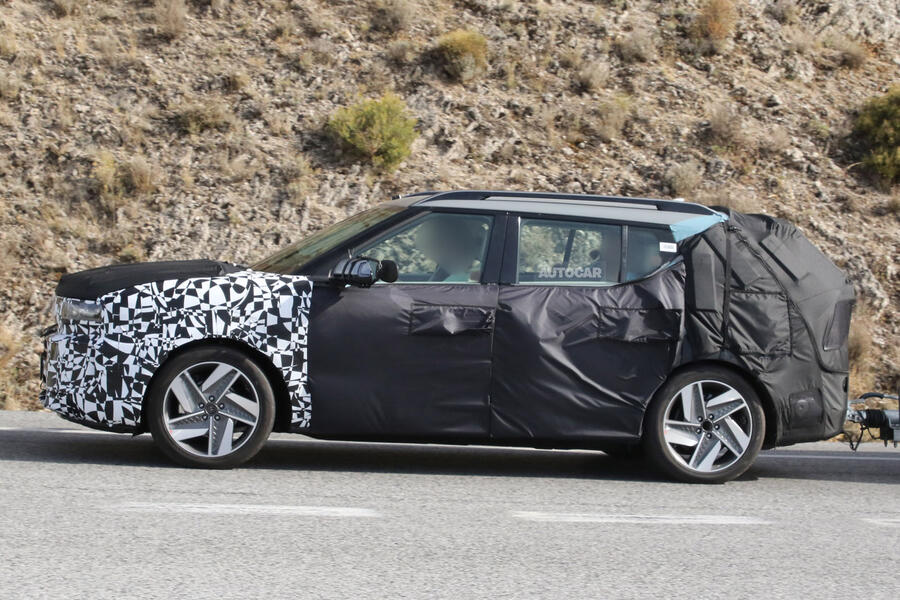
Nonetheless, the Mk2 Nexo is likely to come here, as Hyundai positions itself as a trailblazer for FCEVs.
Speaking at the company’s recent investor day, president and CEO Jaehoon Chang described it as a “chicken-and-egg issue”, comparing the industry’s mood to that around early electric cars.
He said: “We’re going to pioneer the uptake and lead the market. The market requires investment. Thirty years ago, when BEVs were launched, the same issues were mentioned: cost, where to charge and [whether it makes sense].”
To that end, the Mk2 Nexo will enter production next year, and Hyundai has strongly hinted that it will be followed by a road-going version of the N Vision 74 coupé concept that it unveiled two years ago.
The company is also working on several methods of hydrogen production, including manufacturing the element using waste biomass and plastics.
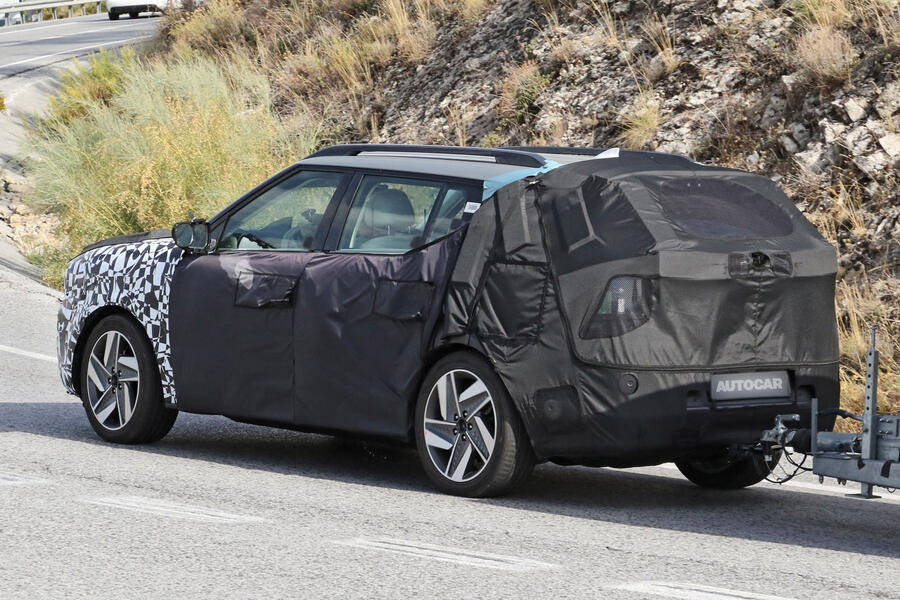
Hyundai isn't alone in having made strong commitments to hydrogen cars.
Toyota, which has historically been the loudest proponent of FCEVs, is currently trialling a fleet of 10 converted Hiluxes in the UK. It also plans to enter the Le Mans 24 Hours' future hydrogen-combustion class.
Its powertrains will also be used by BMW, which recently announced that it will launch its first mass-produced FCEV in four years. “It will herald an era of significant demand for fuel cell electric vehicles,” said BMW chairman Oliver Zipse.
The Renault Group and Stellantis, meanwhile, are in the process of rolling out FCEV vans. Renault will launch a new Master H2 next year, offering various bodystyles and a 435-mile range between fill-ups.
